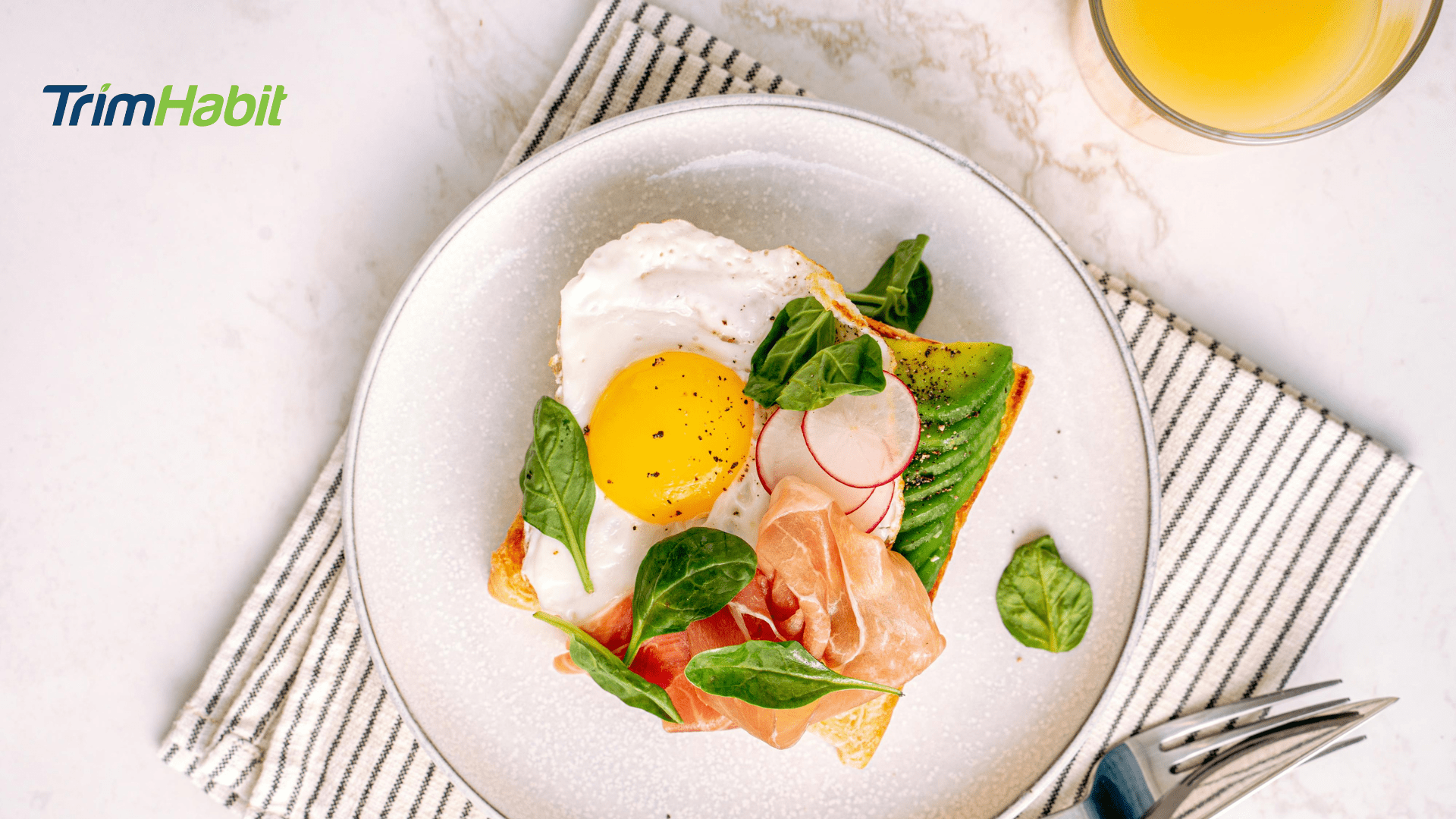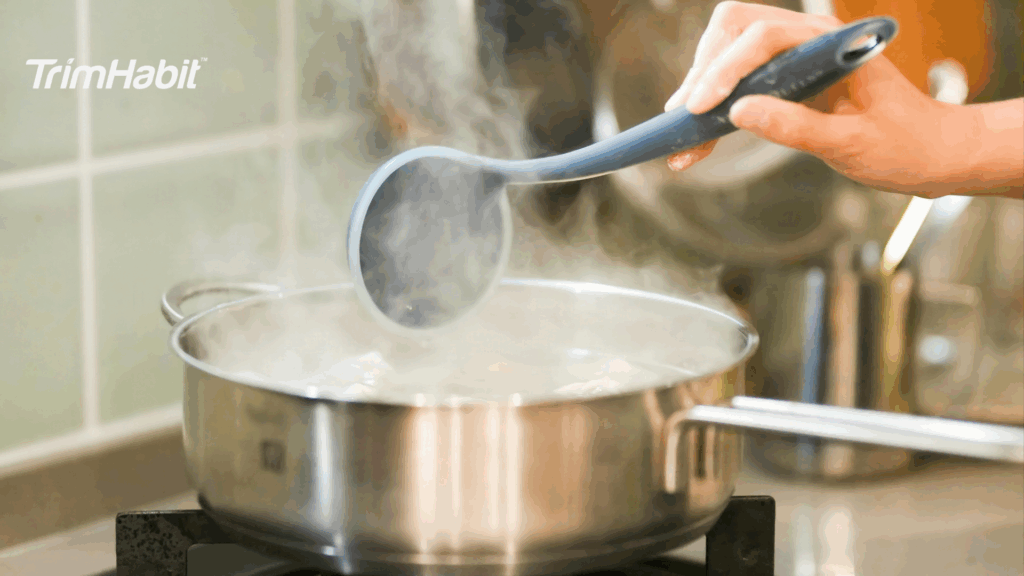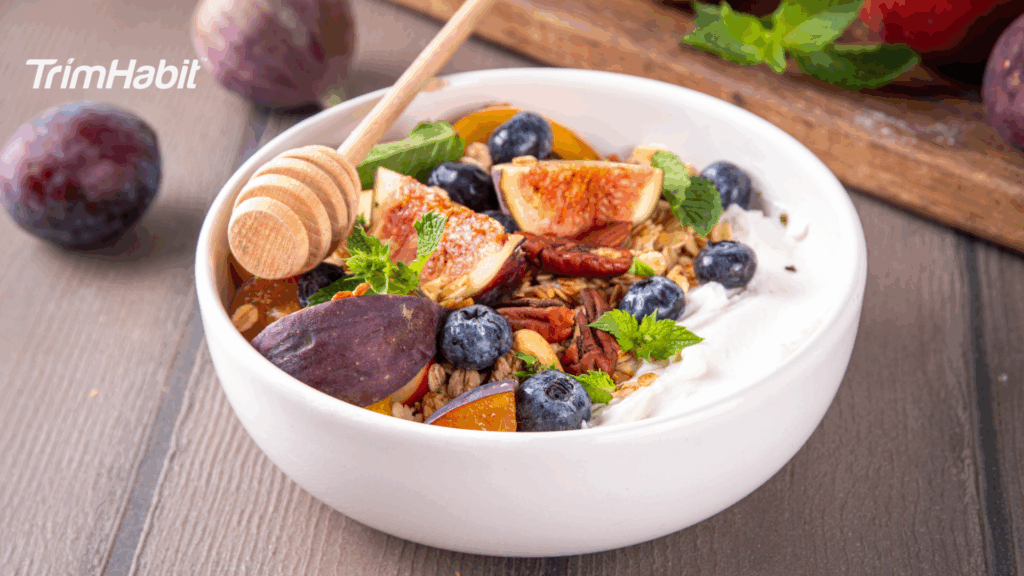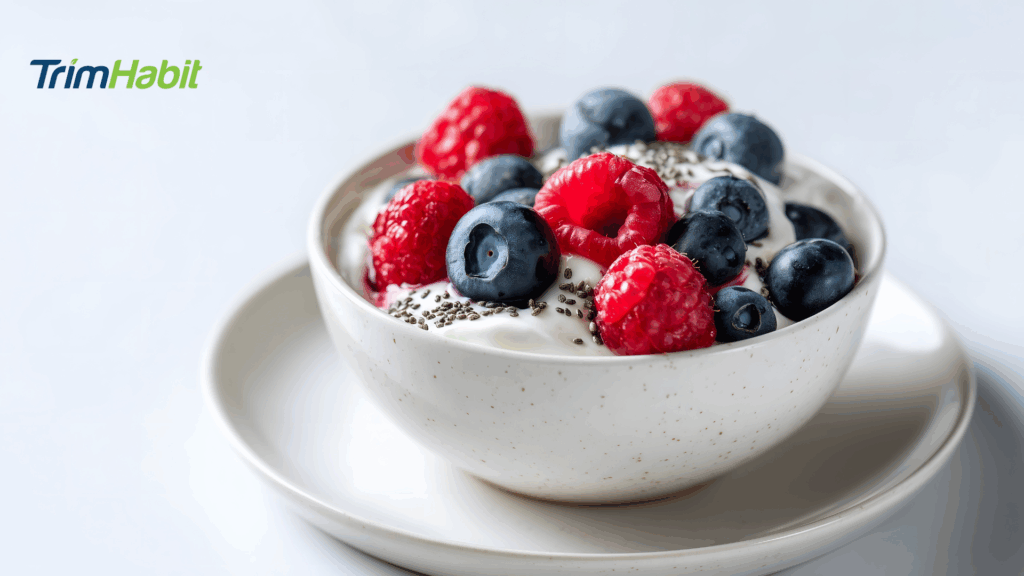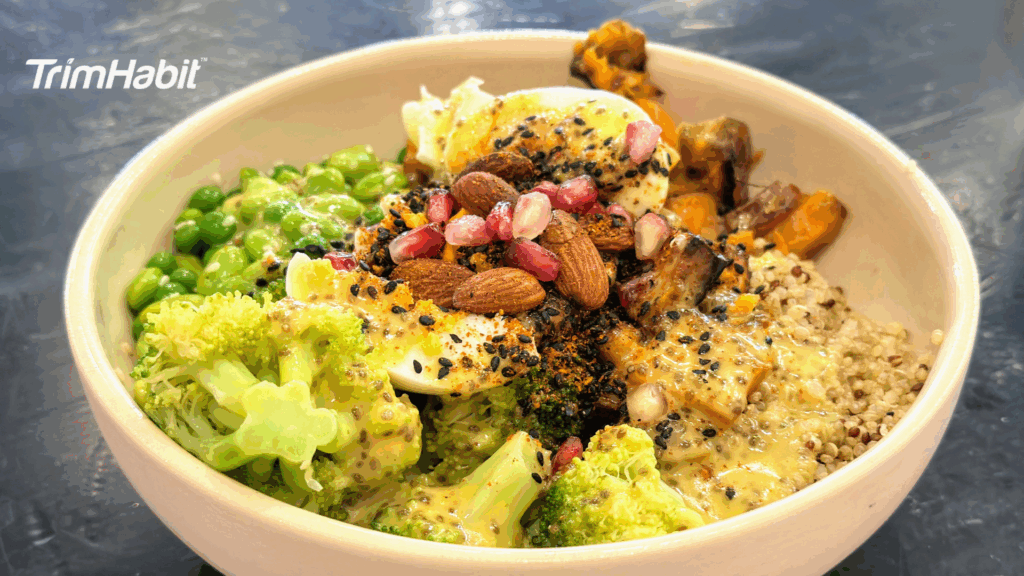Taking semaglutide can be a major step toward better health, whether you’re using it for managing type 2 diabetes or as part of a weight loss plan. As helpful as this medication can be, it works best when combined with nutritious meals that support your energy levels, digestion, and appetite management. Breakfast, being the first meal of the day, plays an important role in setting the tone.
This article provides a detailed look at semaglutide-friendly breakfast ideas, explaining what kinds of foods work well and why. You’ll find recipes, preparation tips, and guidance on how to build meals that support your health while being easy on your stomach.
Understanding The Effects Of Semaglutide On Appetite And Digestion
Before diving into recipes and food suggestions, it’s important to understand how semaglutide affects the body. Semaglutide is a glucagon-like peptide-1 (GLP-1) receptor agonist. It works in several ways:
- Slows down stomach emptying, making you feel full for longer
- Reduces appetite, which can lead to smaller meals
- Helps regulate blood sugar, especially after eating
- Affects how the brain responds to hunger cues
Because of these effects, some people may struggle to eat full meals, especially in the early stages of treatment. Others may experience side effects like nausea or bloating. That’s why semaglutide-friendly breakfasts should be simple, balanced, and gentle on the digestive system.
Key Features of a Semaglutide-Friendly Breakfast
To create a breakfast that works well with semaglutide, keep these components in mind:
1. High-Quality Protein
Protein supports muscle maintenance1, helps you feel full, and stabilizes blood sugar. Starting your day with protein can prevent energy crashes later in the morning.
Examples:
- Eggs
- Greek yogurt
- Cottage cheese
- Protein powders (low-sugar, clean-label)
- Lean meats (chicken or turkey)
- Tofu or tempeh
2. Fiber-Rich Carbohydrates
Fiber improves digestion and supports blood sugar control2. It also helps balance the slowing effect semaglutide has on the stomach.
Examples:
- Oats
- Chia seeds
- Flaxseeds
- Berries
- Whole grain toast (in moderation)
3. Healthy Fats
Healthy fats contribute to long-lasting energy and can improve the absorption of certain vitamins3.
Examples:
- Avocados
- Nuts and seeds
- Olive oil
- Nut butters (without added sugar)
4. Low Sugar and Low Simple Carbs
Semaglutide can reduce your tolerance for sugary foods. High sugar intake may cause digestive discomfort and blood sugar spikes.
Avoid:
- Pastries
- Sugary cereals
- Flavored yogurts with added sugars
- Syrups and sweetened spreads
Easy And Balanced Semaglutide-Friendly Breakfast Ideas
Below are breakfast options that combine the components mentioned above. Each one is adaptable based on preferences or specific dietary needs (low carb, vegetarian, etc.).
1. Greek Yogurt Bowl with Berries and Seeds
Ingredients:
- ¾ cup plain Greek yogurt (2% or non-fat)
- ½ cup blueberries or raspberries
- 1 tsp chia seeds
- 1 tsp ground flaxseeds
- Optional: cinnamon or a dash of vanilla extract
Why it works:
This is a healthy breakfast that’s rich in protein, healthy fats, and fiber to help with satiety. Fresh berries provide antioxidants and natural sweetness without spiking blood sugar.
Tip:
Use unsweetened yogurt to avoid hidden sugars. If you want extra sweetness, try a few slices of banana or a drizzle of honey (no more than ½ tsp).
2. Vegetable Scramble with Eggs and Avocado
Ingredients:
- 2 whole eggs
- ½ cup chopped spinach or kale
- ¼ cup chopped tomatoes or bell peppers
- ½ avocado, sliced
- Olive oil or butter for cooking
Why it works:
This is a high-protein, low-carb meal filled with leafy greens and healthy fats. The fiber from the vegetables and avocado supports digestion and appetite control.
Tip:
Keep portions modest if you’re new to semaglutide and feeling full quickly. Even one egg with some vegetables can be enough at first.
3. High-Protein Smoothie
Ingredients:
- 1 scoop protein powder (unsweetened or naturally sweetened)
- ½ cup unsweetened almond milk or oat milk
- ½ banana or ⅓ cup berries
- 1 tbsp almond butter or flaxseed
- Handful of spinach (optional)
Why it works:
This is a liquid meal that’s easy to digest and can be sipped slowly. It’s perfect for people who prefer lighter breakfasts.
Tip:
Choose a protein powder with at least 15–20 grams of protein per serving and no added sugars or artificial ingredients.
4. Cottage Cheese Breakfast Bowl
Ingredients:
- ½ cup low-fat cottage cheese
- ¼ sliced cucumber and 5 cherry tomatoes (savory option)
- Or: ¼ cup pineapple chunks or sliced peaches (sweet option)
- Sprinkle of ground flax or sunflower seeds
Why it works:
Cottage cheese is easy to digest, filling, and low in carbs. Pair it with either vegetables or fruit, depending on your taste.
Tip:
For added flavor, add a sprinkle of herbs like dill or chives for the savory version.
5. Overnight Oats with Protein
Ingredients:
- Rolled oats
- Unsweetened almond or oat milk
- Scoop of protein powder
- Cinnamon and stevia or monk fruit (for natural sweetness)
- Blueberries or raspberries
Instructions:
Combine all ingredients in a jar, stir, and refrigerate overnight. In the morning, stir and enjoy.
Why it works:
Oats offer soluble fiber and keep you full. Adding protein powder turns it into a more balanced meal.
Tip:
This is a good make-ahead option for busy mornings or when you don’t feel like cooking.
6. Poached Egg on Avocado Toast
Ingredients:
- 1 slice whole grain or low-carb bread
- ½ avocado, mashed
- 1 poached or soft-boiled egg
- Sprinkle of salt, pepper, and red chili flakes
Why it works:
This is a well-rounded meal with complex carbs, protein, and healthy fat. It also has good flavor and texture without being too rich.
Tip:
If bread feels too heavy, replace it with a slice of roasted sweet potato or skip it altogether.
7. Tofu and Vegetable Stir-Fry (Breakfast Style)
Ingredients:
- ½ cup crumbled firm tofu
- ½ cup chopped zucchini or mushrooms
- 1 tsp olive oil
- Soy sauce, garlic, and turmeric for flavor
Why it works:
This savory, plant-based option is high in protein and fiber. Tofu is easy to digest and can be flavored in many ways.
Tip:
You can make a batch ahead of time and reheat small portions throughout the week.
8. Hard-Boiled Eggs with Fresh Fruit and Nuts
What to do:
- 2 hard-boiled eggs
- 1 small apple or ½ cup sliced melon
- Small handful (10–12) almonds or walnuts
Why it works:
This is a quick, balanced meal for busy mornings. It offers good nutrition in a small volume, which can be helpful when your appetite is reduced.
Additional Meal Prep Ideas For Busy Mornings
If mornings are rushed, preparing your breakfast ahead of time can help keep you consistent. Semaglutide users may have a harder time deciding what to eat when they don’t feel hungry, so having ready-to-go meals can prevent skipping meals completely.
Meal Prep Options:
- Egg Muffins: Whisk eggs, add vegetables and bake in muffin tins. Store in the fridge for up to four days.
- Smoothie Packs: Freeze pre-measured fruit and spinach in bags. In the morning, just add protein powder and liquid to blend.
- Chia Pudding: Mix chia seeds with almond milk and leave overnight. Top with berries or chopped nuts in the morning.
- Mini Oat Cups: Bake oats with egg, banana, and cinnamon in muffin tins for grab-and-go bites.
Adjusting Portions Based On Appetite
One common side effect of semaglutide is early satiety—feeling full after just a few bites. This means it’s important to adjust your portion sizes so that eating feels comfortable.
If you feel full easily:
- Start with half portions
- Choose smaller meals spaced further apart
- Sip smoothies or protein shakes over time rather than drinking all at once
If your appetite increases later:
Add a mid-morning snack like string cheese, a boiled egg, or a small piece of fruit with peanut butter
Foods To Avoid For Better Comfort
While the focus is on what to eat, it’s also helpful to know what to avoid. Some foods can worsen side effects like nausea, bloating, or gas.
Avoid:
- Greasy or fried foods (bacon, sausage, butter-heavy meals)
- High-sugar items (donuts, sweetened granola, flavored lattes)
- Large servings of bread or bagels
- Carbonated drinks in the morning
If you’re unsure how you’ll tolerate a food, try a small portion first and see how your body responds.
Hydration In The Morning
Don’t forget about fluids. Staying hydrated helps with digestion and can prevent nausea. Start your day with a glass of water or herbal tea.
Good morning hydration options:
- Warm lemon water
- Unsweetened green tea
- Water with a splash of unsweetened cranberry or lime juice
- Bone broth or miso broth (if you want something savory)
- Avoid sugary drinks or juices, which can cause stomach discomfort or spikes in blood sugar.
Creating A Breakfast Routine
Having a routine can help you stay consistent, especially if your appetite changes from day to day. Here’s a simple schedule to follow:
Step 1: Rehydrate
Drink a glass of water or herbal tea when you wake up.
Step 2: Light movement
Stretch or take a short walk to help with digestion and hunger signals.
Step 3: Eat a small, balanced meal
Choose one of the recipes above based on how you’re feeling.
Step 4: Pack a snack (optional)
If you know your appetite is lower in the morning, bring something to eat mid-morning if needed.
Conclusion
A semaglutide-friendly breakfast doesn’t need to be complicated. The key is to listen to your body and choose healthy foods that are light, filling, and supportive of your health goals. Focus on lean protein, fiber-rich carbs, and healthy fats. Keep sugar and processed foods to a minimum, especially early in the day.
Whether you prefer sweet or savory, quick or cooked, there’s a breakfast option that can work for you. Over time, building a morning routine with these meal ideas can help you feel better, manage your appetite, and support steady progress with semaglutide.

